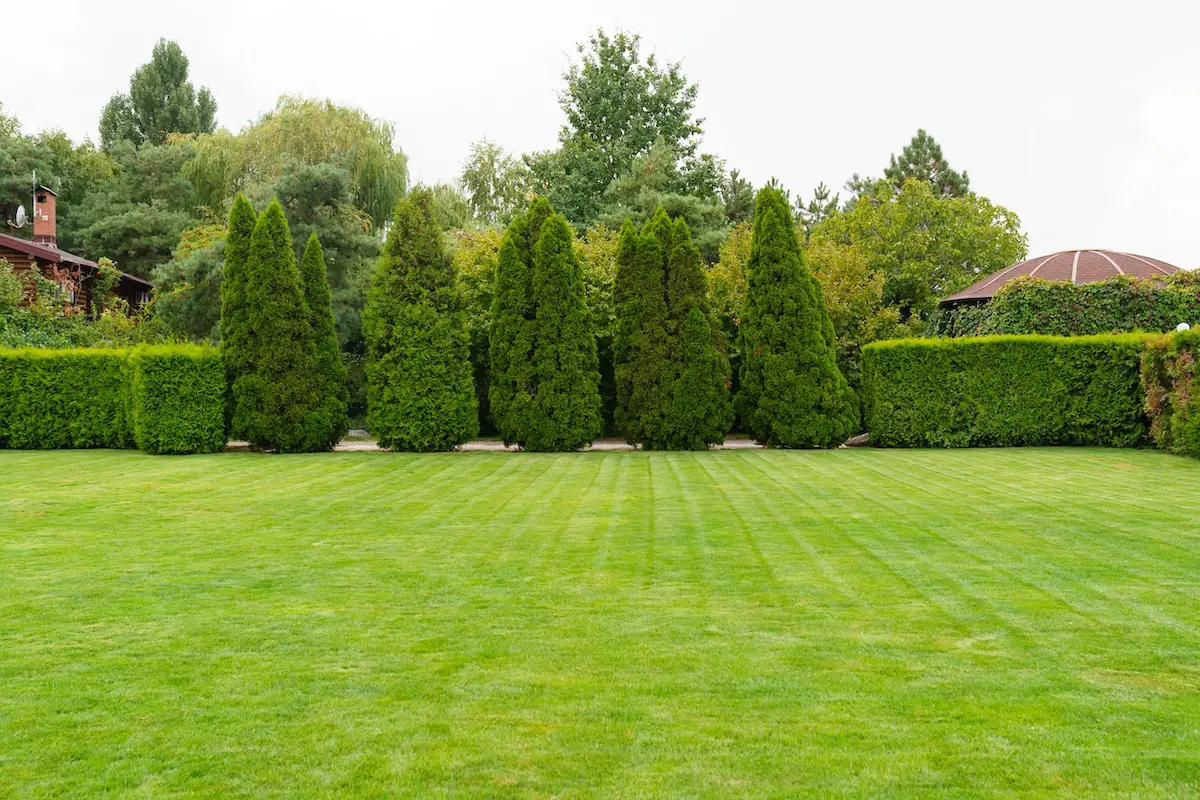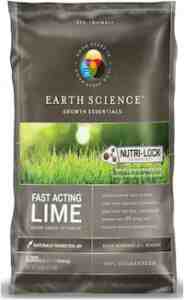If you’re someone who loves spending time in their garden, you know how important it is to have a beautiful and healthy lawn. However, maintaining a green and vibrant lawn is not as easy as it sounds. It requires a lot of hard work, patience, and of course, the right techniques.
One such technique is applying lime to your lawn. Lime is a soil amendment that can help balance the pH levels of your lawn, making it more conducive for grass growth. It can also help improve soil structure, increase nutrient availability, and reduce soil acidity.
In this article, we’ll guide you through the process of how to apply lime to your lawn step-by-step, so you can achieve a healthy and beautiful lawn that will be the envy of your neighborhood.
Why Apply Lime to Your Lawn?
Before we dive into the steps of how to apply lime to your lawn, let’s discuss why it’s important in the first place.
As mentioned earlier, lime can help balance the pH levels of your lawn. A pH level of 7 is considered neutral, and most grass species thrive in soil that has a pH level between 6 and 7. If the pH level of your lawn is too acidic or too alkaline, it can lead to a host of problems such as:
- Patchy and thin grass
- Weeds and moss growth
- Nutrient deficiencies
- Fungal diseases
By applying lime to your lawn, you can ensure that your grass is getting the right nutrients and growing in an environment that’s conducive to its health and vitality.

When to Apply Lime to Your Lawn?
The next question that comes to mind is when should you apply lime to your lawn? The best time to apply lime to your lawn is during the fall or spring. This is because the soil is usually moist during these seasons, which helps the lime to penetrate the soil and balance the pH levels effectively.
However, before applying lime to your lawn, it’s important to conduct a soil test to determine the pH levels of your lawn. You can buy a soil test kit from your local nursery or garden center. The results of the soil test will help you determine how much lime you need to apply and when to apply it.
How to Apply Lime to Your Lawn: A Step-by-Step Guide
Now that we’ve covered the basics of why and when to apply lime to your lawn, let’s get into the steps of how to apply lime to your lawn.
Step 1: Prepare the Lawn
Before you begin applying lime to your lawn, it’s important to prepare the lawn first. Here’s what you need to do:
- Mow the lawn to a height of about 2 inches
- Remove any debris, weeds, or dead grass
- Rake the lawn to loosen the soil and remove any thatch buildup
Step 2: Calculate the Amount of Lime Needed
Once you’ve prepared the lawn, it’s time to calculate the amount of lime you need to apply. This will depend on the pH level of your soil and the type of lime you’re using.
To determine the amount of lime needed, follow these steps:
- Refer to the soil test results to determine the current pH level of your lawn
- Determine the desired pH level of your lawn
- Calculate the amount of lime needed based on the difference between the current pH level and the desired pH level
- Refer to the instructions on the lime package to determine the recommended application rate based on the amount of area you need to cover.
Step 3: Apply Lime to Your Lawn
Once you’ve calculated the amount of lime needed, it’s time to apply it to your lawn. Here’s how:
- Spread the lime evenly over the lawn using a spreader. If you don’t have a spreader, you can do it by hand, but make sure to wear gloves and a mask to protect your skin and lungs.
- Start at one end of the lawn and walk back and forth in parallel rows, covering the entire area.
- Make sure to overlap the rows slightly to ensure even coverage.
- Water the lawn lightly to help the lime penetrate the soil.
Click here is a list of our best fertilizer spreaders for lawns.
Step 4: Wait and Monitor
After applying lime to your lawn, it’s important to wait and monitor its effects. It may take a few weeks to a few months for the lime to fully balance the pH levels of your lawn.
During this time, make sure to water your lawn regularly and monitor its growth. If you notice any changes in the color or texture of your grass, it may be a sign that you need to apply more lime or adjust the pH level.
What brand of lime should I buy?
Choosing the right brand of lime to buy can depend on a few factors, such as the type of soil you have and the specific needs of your lawn. Here are a few things to consider when selecting a brand of lime:
- Quality: Look for a brand of lime that is high quality and has a reputation for producing effective results. You can read reviews and ask for recommendations from other lawn care enthusiasts to get an idea of which brands are most trusted and reliable.
- Type: There are different types of lime available, such as calcitic lime, dolomitic lime, and hydrated lime. Each type has its own benefits and drawbacks, so it’s important to choose the type that’s best suited for your soil and lawn. You can test your soil to determine its pH level and nutrient content, which can help you choose the right type of lime.
- Price: Lime can vary in price depending on the brand and quantity you need. Make sure to compare prices between different brands to find one that fits within your budget.
- Availability: Some brands of lime may be more readily available in your area than others. Check with your local lawn and garden center or hardware store to see which brands they carry.
Ultimately, the brand of lime you choose should be one that meets your specific needs and produces the best results for your lawn.
FAQs
Q: Can I apply lime to my lawn in the summer?
A: It’s not recommended to apply lime to your lawn during the summer as it can lead to soil burn and damage to your grass. The best time to apply lime is during the fall or spring.
Q: How often should I apply lime to my lawn?
A: It depends on the pH level of your soil and the type of grass you have. Generally, it’s recommended to apply lime once a year if your soil is slightly acidic or every two years if your soil is moderately acidic.
Q: Can I mix lime with other fertilizers?
A: It’s not recommended to mix lime with other fertilizers as it can lead to chemical reactions that can damage your lawn. It’s best to apply lime separately from other fertilizers.
Q: Can I apply lime to my lawn if it’s already healthy?
A: Yes, even if your lawn looks healthy, it’s still a good idea to apply lime to maintain its health and prevent future problems. Regularly applying lime can help prevent soil acidity from building up over time, which can lead to issues such as nutrient deficiencies and poor growth.
Q: Is there a difference between dolomite lime and regular lime?
A: Yes, dolomite lime contains both calcium and magnesium, while regular lime only contains calcium. If your soil is deficient in magnesium, using dolomite lime may be more beneficial for your lawn. However, it’s always a good idea to test your soil before choosing a type of lime to use.
Q: Can I apply lime to my lawn if I have pets or children?
A: Lime is generally safe for pets and children once it has been watered in and has had time to settle into the soil. However, it’s still a good idea to keep them off the lawn for a few days after applying lime to prevent any potential irritation or ingestion. It’s also important to wear gloves and a mask while applying lime to protect yourself from skin and respiratory irritation.
Conclusion
Maintaining a healthy and vibrant lawn requires a lot of hard work, but applying lime to your lawn can make the process a lot easier. By balancing the pH levels of your soil, you can ensure that your grass is getting the right nutrients and growing in an environment that’s conducive to its health and vitality.
In this step-by-step guide, we’ve covered the basics of how to apply lime to your lawn, from preparing the lawn to calculating the amount of lime needed and applying it evenly. By following these steps and monitoring the effects, you can achieve a lush green oasis in your backyard that will be the envy of your neighborhood.


